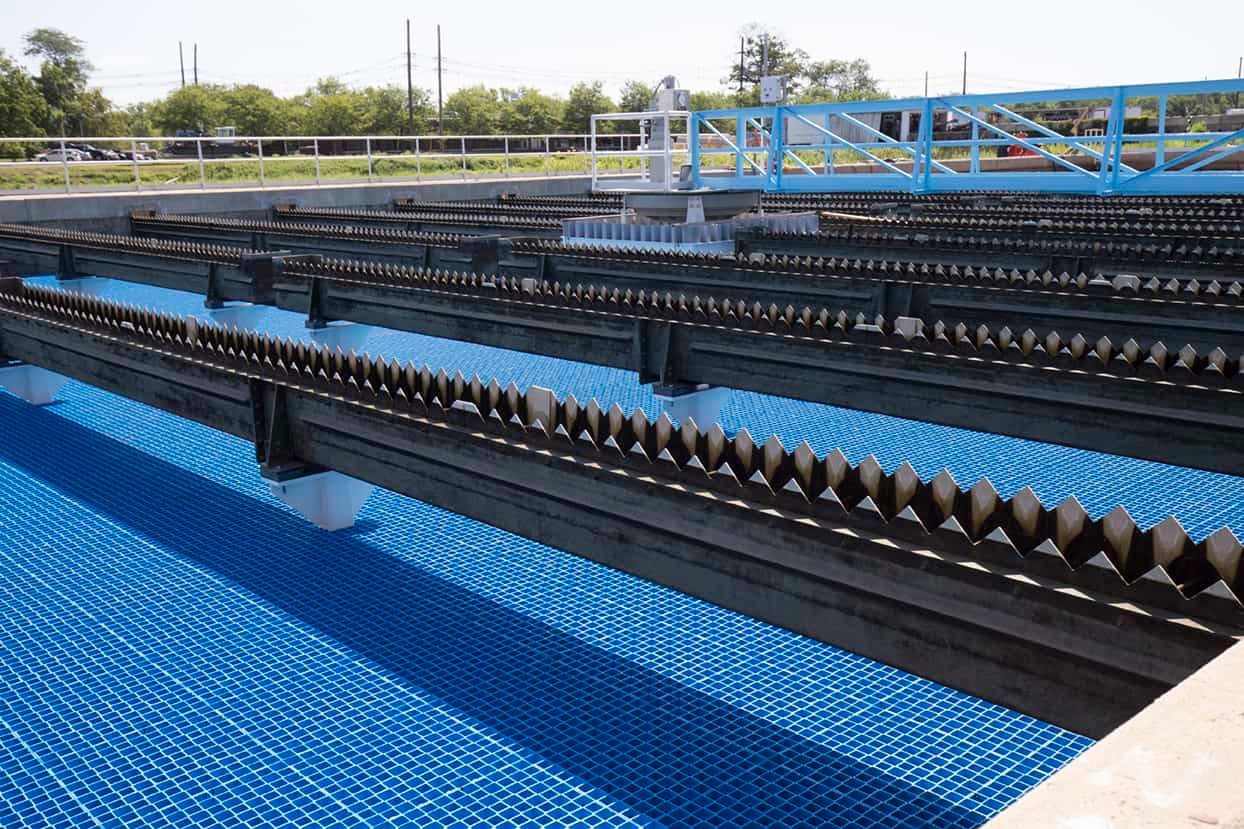South River Wastewater Treatment Plant

Nestled in a strategic location to serve its community, the South River Wastewater Treatment Plant (WWTP) stands as a testament to modern engineering and environmental stewardship. With a mission to treat wastewater efficiently and sustainably, the plant has consistently adopted innovative approaches to manage the increasing demand for clean water in its serving regions. This article delves into the operational scope, key projects, community impact, and challenges faced by the South River WWTP.
Overview and Population Served
The South River Wastewater Treatment Plant is a crucial infrastructure supporting a population of approximately 500,000 residents. Predominantly serving a mix of urban and suburban communities, the plant handles not only residential wastewater but also accommodates effluent from local industries. This immense responsibility demands a well-coordinated operation, sophisticated machinery, and a conscientious workforce dedicated to maintaining environmental standards.
Wastewater Volume and Treatment Capacity
The sheer volume of wastewater processed by South River WWTP is staggering. On an average day, the plant manages about 100 million gallons of wastewater, which can rise to 150 million gallons during peak times or heavy rainfall. The facility’s design reflects this capacity with multiple treatment stages ensuring that discharged water meets or exceeds regulatory requirements.
-
- Preliminary Treatment: Here, large solids and grits are removed to prevent damage to subsequent treatment stages.
-
- Primary Treatment: Sedimentation tanks are utilized to separate organic solids from the wastewater.
-
- Secondary Treatment: Biological processes further break down organic matter, leveraging microorganisms to consume and convert waste.
-
- Tertiary Treatment: Advanced filtration and chemical treatments are applied to remove residual impurities and pathogens.
-
- Disinfection: Finally, disinfectants like chlorine or ultraviolet light are used to ensure the effluent is safe before releasing it back into the environment.
Recent Local News and Developments
The South River WWTP frequently features in local news for a variety of reasons, often heralded as an example of proactive community service and environmental care. Recent developments include:
Major Investment in Infrastructure
In early 2023, the South River WWTP announced a $150 million upgrade plan aiming to future-proof the facility against growing urbanization pressures and climate change impacts. The upgrade will expand the plant’s capacity by 20% and introduce cutting-edge technology to improve treatment efficiency and reduce the carbon footprint.
Award-Winning Sustainability Initiatives
The plant recently received accolades for its sustainability projects, including energy recovery and nutrient removal systems. By employing anaerobic digesters and biogas reclamation techniques, the plant converts organic waste into biogas, significantly reducing methane emissions and generating electricity to power its operations.
Key Projects and Initiatives
The South River WWTP is not just focused on day-to-day operations but actively engages in long-term projects to enhance its capabilities and environmental impact.
Nutrient Recovery Facility
One of the most noteworthy projects at South River WWTP is the construction of a Nutrient Recovery Facility (NRF). By focusing on phosphorus and nitrogen extraction, the plant aims to prevent these nutrients from causing algal blooms in water bodies downstream. The extracted nutrients are then processed into a high-quality fertilizer, which is sold to local farmers, closing the loop on nutrient cycle management.
Green Infrastructure Projects
Green infrastructure plays a significant role in South River WWTP’s stormwater management strategy. Initiatives include the installation of bioswales, rain gardens, and permeable pavements around the facility and neighboring community areas. These structures help absorb and filter stormwater on-site, reducing the load on the treatment plant during heavy rains.
Community Engagement and Education
Community engagement is a cornerstone of South River WWTP’s operational philosophy. Understanding that public awareness and cooperation are essential to sustainable water management, the plant undertakes several programs aimed at educating and involving local residents.
Public Tours and Open Days
South River WWTP offers guided tours where residents can learn about the complexities of wastewater treatment. These tours are designed to demystify the processes and demonstrate how the plant serves the community, emphasizing the importance of efficient water use and proper disposal habits.
Educational Workshops
Targeting schools and local organizations, the plant hosts workshops and seminars on topics ranging from water conservation to the science of wastewater treatment. These programs provide a platform for students and community members to engage with industry professionals and gain hands-on experience.
Collaborative Community Projects
South River WWTP often collaborates with local NGOs and community groups to execute projects centered around water quality improvement and environmental sustainability. Examples include river clean-up drives, tree plantation programs, and citizen science initiatives where residents can participate in water quality monitoring.
Challenges and Future Directions
Despite its successes, the South River WWTP faces numerous challenges that require vigilant management and innovative solutions.
Aging Infrastructure
Like many such facilities, South River WWTP deals with the constant pressure of maintaining aging infrastructure. Parts of the plant, built over four decades ago, need regular maintenance and upgrades to meet current standards and future demands.
Climate Change
Increasingly erratic weather patterns pose significant risks. Heavy rainfall and extended drought periods influence the volume and composition of incoming wastewater and the capacity for treatment. Adaptive measures, including advanced forecasting systems and flexible operational protocols, are being developed to mitigate these impacts.
Financial Constraints
The financial burden of infrastructure expansion and adopting new technologies is substantial. Although municipal and federal grants provide some relief, consistent funding is a challenge, requiring strategic budget allocation and, occasionally, public-private partnerships.
Conclusion
The South River Wastewater Treatment Plant stands as a beacon of environmental stewardship and community service. Through its extensive capacity, innovative projects, and active community involvement, it significantly contributes to the region’s ecological health and quality of life. As the plant looks to the future, addressing challenges such as aging infrastructure and climate change, it remains committed to its mission of sustainable and efficient wastewater treatment. The collaborative efforts between the plant, local authorities, and the community ensure that South River WWTP will continue to evolve and meet the demands of an ever-growing population, safeguarding water resources for generations to come.


